Over the last two Presidential election cycles, there were numerous articles and analyses whether or not Barack Obama’s polling results would be impacted by the so-called Bradley Effect, that is, white respondents being more likely to report voting for a non-white candidate when being interviewed for a poll. This social desirability bias led some political analysts to believe that Obama’s support may be overstated in polling ballot tests. However, it is clear from the 2008 and 2012 elections that there was no Bradley Effect on Obama’s polling numbers.
For the upcoming 2016 elections, there has been some concern in the polling community that a woman candidate at the top of the Presidential ticket may result in similar social desirability biases as the Bradley Effect. The theory here being that polling respondents may be more likely to say they support Hillary Clinton when being interviewed by a female than a male.
Public Opinion Strategies and Hart Research have tracked the gender of interviewer in our monthly NBC/WSJ polls since January, in order to track any biases that result in a male versus female presidential election. In total, we combined the 3,800 interviews that we have conducted since our January poll for this analysis.
First, it is important to look at a generic ballot question – one that simply asks whether a respondent prefers a Republican president or Democratic president be elected in 2016. This data shows that across respondent and interviewer gender, there are no differences in the data:
It is important to note here that the demographics – age, ethnicity, 2012 vote, education, party and region – are weighted within gender so that regardless of interviewer gender, these sub-groups share the same demographic profile.
Next, looking at the likely Donald Trump vs. Hillary Clinton match-up, there are some modest differences. However, the data does not show any strong evidence that respondents are more likely to say they support Clinton to a female interviewer. If anything, the only pattern that emerges is that when respondents are speaking to someone of their own gender, they are more likely to admit support for Donald Trump:
And, when comparing this match-up to a Ted Cruz-Clinton ballot test, the data looks like the original generic ballot test – where there are no differences in the data across interviewer gender. (This data is from January-April NBC/WSJ polls, conducted before Cruz dropped out of the race on May 3.)
Finally, in a male versus male match-up, Trump-Sanders in the data below, the data shows, like the generic and Cruz-Clinton ballot that there is no difference among male respondents. And, among the female respondents, the interviewer “gender gap” is 4 points – exactly in line with the Trump-Clinton ballot:
This data shows that there just isn’t much evidence of a social desirability bias towards a female candidate impacting the polling data. The only evidence of any bias that may exist is the potential for respondents – and women slightly more than men – to say they support Trump when speaking to an interviewer of their same gender. As the 2016 cycle continues, POS will continue to track our data to see if this pattern holds.
Polling for NBC and The Wall Street Journal is conducted by Republican pollster Bill McInturff and Democratic pollster Fred Yang. This analysis is my own and does not necessarily reflect the views of NBC, The Wall Street Journal, or Hart Research Associates.




